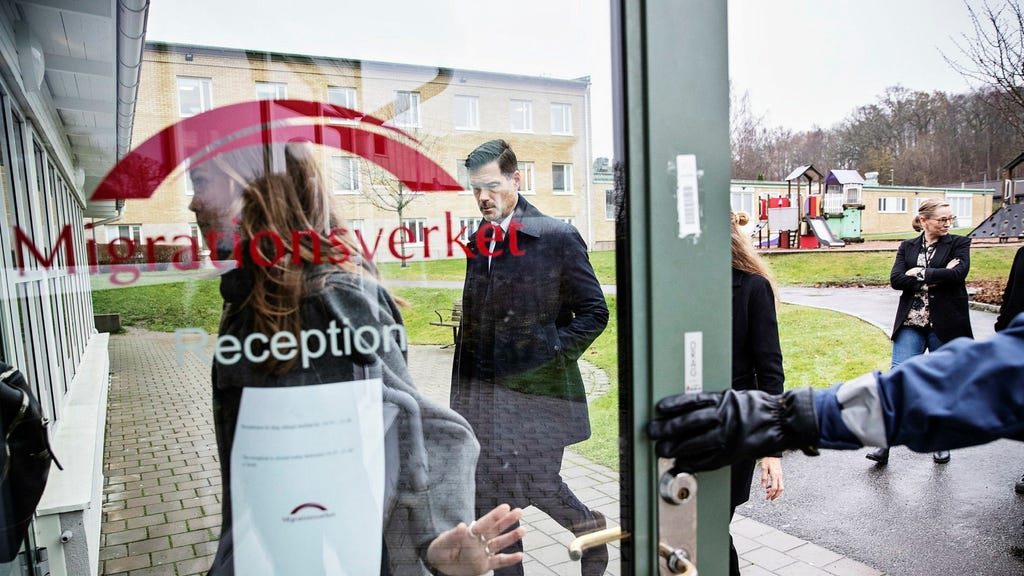The Swedish Migration Agency’s return centers, established just over a year ago, currently house a relatively small number of individuals slated for deportation. These centers, designed to accommodate those whose asylum applications have been rejected and are awaiting repatriation, have yet to reach full capacity. This low occupancy rate can be attributed to a confluence of factors, including ongoing legal appeals, logistical challenges in coordinating returns with individuals’ countries of origin, and the complex individual circumstances that often surround these cases. While the initial projections anticipated a higher influx of residents, the reality of implementing such a system has presented unforeseen hurdles, resulting in a slower than expected uptake.
Migration Minister Johan Forssell, however, maintains that this current situation is temporary. He projects a significant increase in the number of residents in these centers in the near future. This anticipated surge stems from the government’s intensified focus on enforcing deportation orders and streamlining the return process. Forssell emphasizes the government’s commitment to ensuring that individuals subject to deportation orders actually comply with the directives. This includes heightened scrutiny of individuals’ whereabouts and stricter adherence to reporting requirements. The minister believes that this proactive approach will lead to a more effective return system and a subsequent increase in the occupancy of the return centers.
The government’s strategy for increasing the utilization of return centers hinges on several key components. First, it involves increased collaboration with the countries of origin to facilitate smoother repatriation processes. This includes negotiating repatriation agreements and addressing any obstacles that may impede the return of individuals. Second, the strategy emphasizes a more proactive approach to identifying and locating individuals who have absconded after receiving a negative asylum decision. This involves enhancing information sharing between different government agencies and implementing stricter controls to prevent individuals from evading authorities.
Furthermore, the government is exploring ways to expedite the legal process for asylum appeals, aiming to reduce the time individuals spend in legal limbo. This involves streamlining administrative procedures and potentially increasing resources allocated to the migration courts to handle cases more efficiently. By shortening the appeals process, the government hopes to accelerate the return process for those whose applications are ultimately rejected. This, in turn, would contribute to a higher occupancy rate in the return centers as individuals await their departure from Sweden.
However, the government’s plans face several potential challenges. Securing cooperation from countries of origin can be complex, particularly when dealing with nations that are reluctant to accept the return of their citizens. Moreover, locating individuals who have gone underground presents significant logistical difficulties. Increased surveillance and monitoring efforts may raise privacy concerns and require careful balancing with individual rights. Finally, expediting the legal process while ensuring due process and fairness remains a delicate task. Striking a balance between efficiency and upholding the rights of asylum seekers requires careful consideration and robust legal frameworks.
In conclusion, the Swedish government’s efforts to increase the utilization of return centers reflect a broader policy shift towards stricter immigration controls. While the current occupancy rate remains low, the government anticipates a significant increase in the coming months due to intensified enforcement efforts and streamlined procedures. The success of this strategy hinges on several factors, including cooperation with countries of origin, effective location and monitoring of individuals subject to deportation, and a streamlined legal process that balances efficiency with the protection of individual rights. The government’s approach faces potential challenges, but its commitment to enforcing return decisions signals a resolute stance on immigration control and its determination to maximize the use of the newly established return centers.














